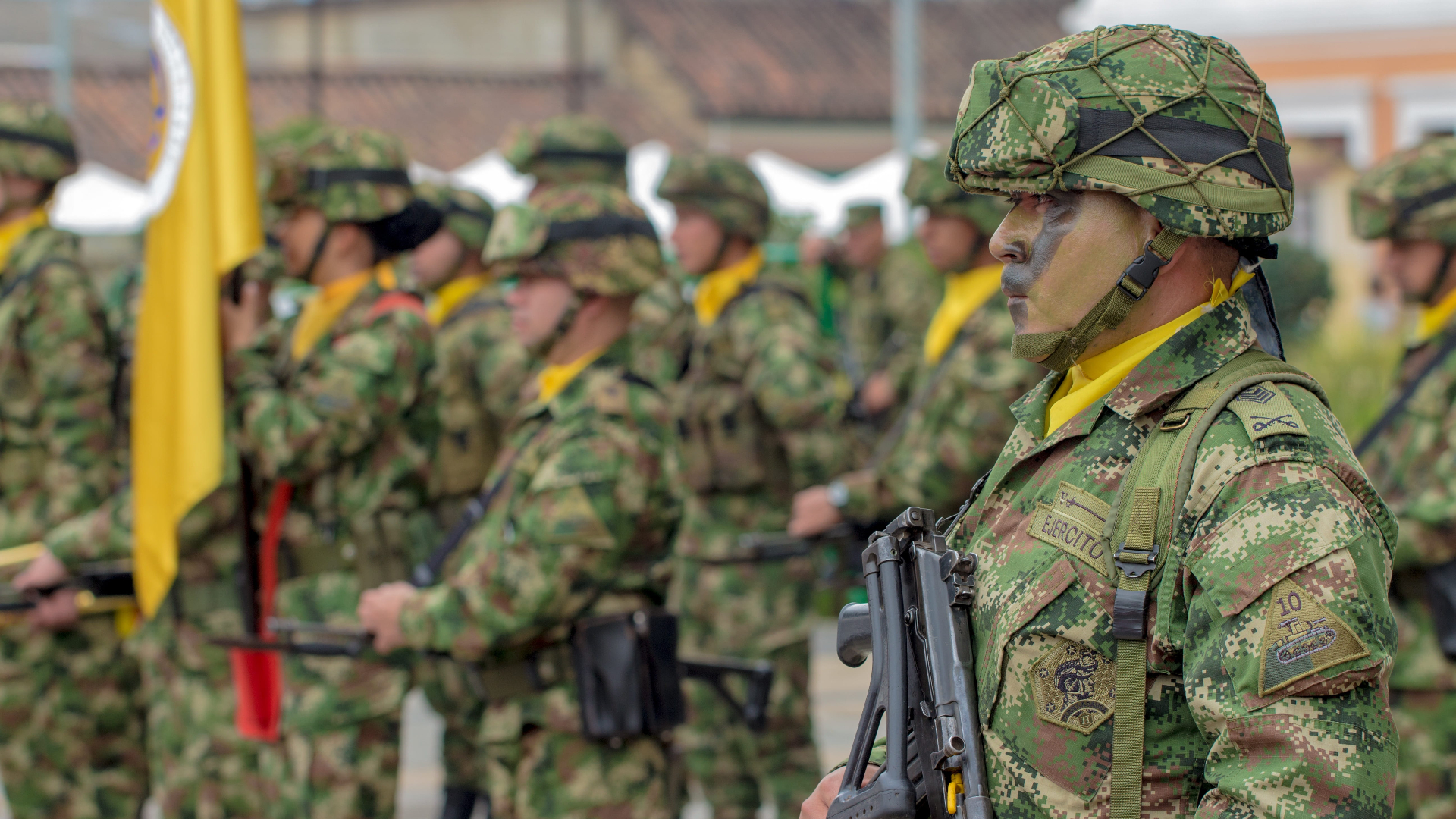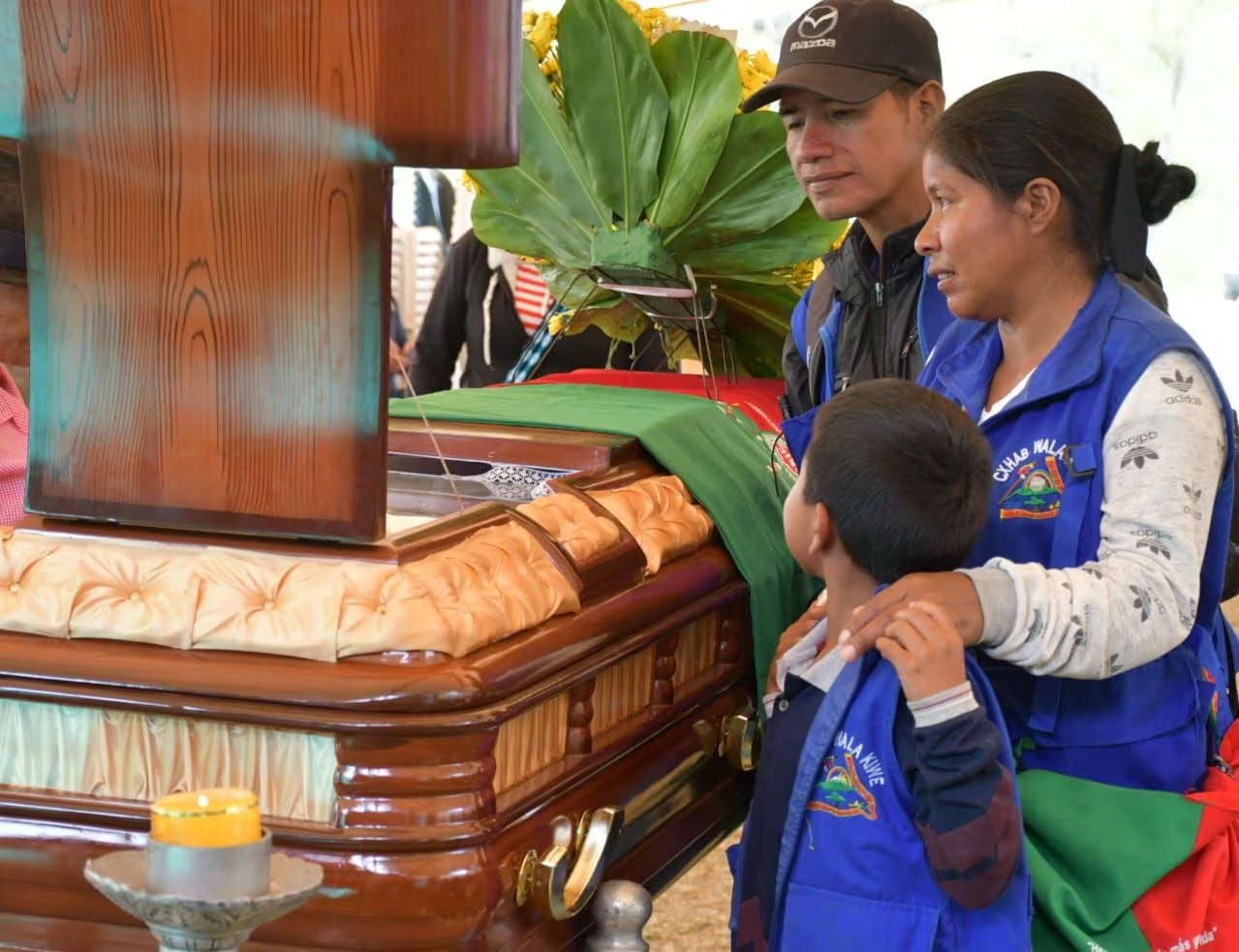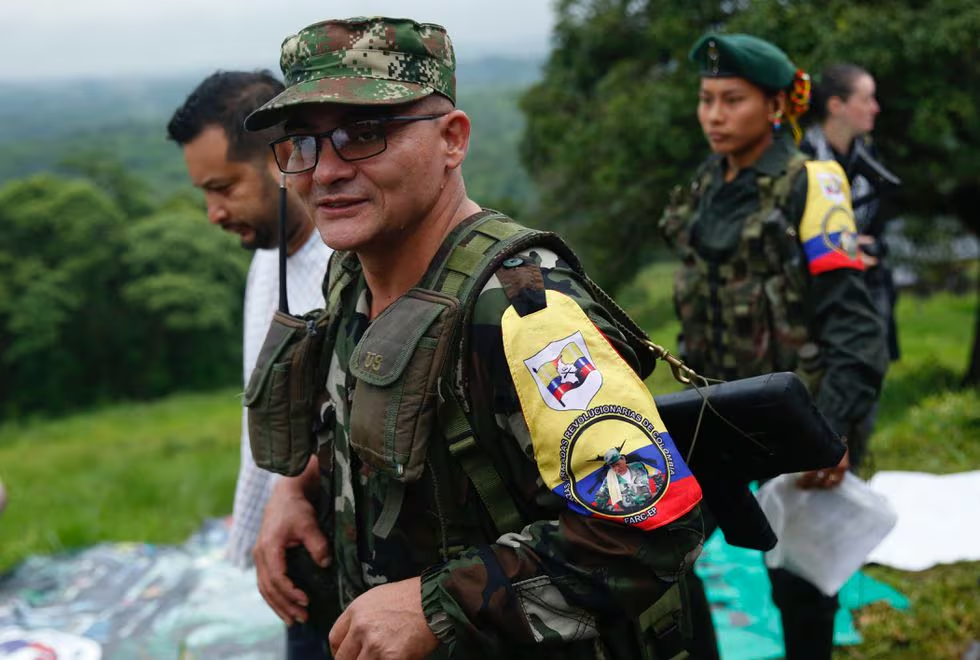A Series of Seizures:
The Colombian military announced on Sunday the results of the ongoing Operation Mantus, an operation with the focus of dismantling the Estado Mayor Central faction of the Revolutionary Armed Forces of Colombia (FARC-EMC), a faction which opposed the 2016 peace agreement with the Colombian government.
The operation focuses on Cauca, a department of Colombia located on the south-western coast where the FARC is especially active and has seen the deployment of over 30 thousand uniformed personnel in the region alongside the neighboring Valle del Cauca and Nariño departments.

Authorities engaged in a number of engagements against the FARC since the beginning of the operation. These included the freeing of two conscripted minors, three skirmishes between the FARC and government forces, two illegal warehouses have been destroyed, nearly 1,230 kilograms of marijuana have been seized, seven laboratories for drug processing have been uncovered, 29 thousand bushes of coca leaf, over 1,100 gallons of coca base paste, 4,500 kilograms of coca leaf, 1,321 gallons of liquid inputs, and 863 kilograms of solid inputs have been seized as well.
“We are verifying what the results of these confrontations have been,” said the commander of the Military Forces General Helder Giraldo, referring to the skirmishes which were registered in the El Plateado district of the municipality of Argelia.
Two leaders of the FARC have also been captured by authorities, one of whom stands accused of five homicides in the municipality of Villa Rica, Cauca with one of those allegedly murdered by the leader being a member of the armed forces.

The other, known by the alias “David,” is thought to be the leader of the Dagoberto Ramos Mobile Column which operates under the FARC-EMC. David stands accused of committing multiple murders of social leaders as well as participating in terrorist acts with a criminal history spanning 11 years.
Authorities have stated that the increased security presence is both due to the recent dissolution of a ceasefire between the FARC-EMC and the Colombian government as well as in preparation for Holy Week, the last week of Lent within the Catholic Church, a week celebrated by an estimated 73% of Colombians.
Analysis:
Operations against the FARC-EMC are expected to continue following the dissolution of a truce between the group and the government last week. With the beginning of Holy Week, clashes between the FARC-EMC and the Colombian government are likely to continue as the week of religious services is sure to be a target for the FARC especially with Easter fast approaching.
Conflict between the government and the FARC-EMC will likely have dire effects for those living in rural Colombia, where the FARC-EMC holds a great deal of territory away from the eyes of the government.
A Broken Truce:
This offensive comes a week after Colombian President Gustavo Petro dissolved the ceasefire between the FARC and the Colombian government after the FARC attacked an indigenous community, killing a community leader and wounding two others in the attack.
The community leader, Carmelina Yule Pavi, was killed after attempting to help two minors who were in the process of being kidnapped by the FARC, likely to serve as forced conscripts in the organization’s war against the government.

Attacks against this community did not stop, however, as the caravan that was transporting Yule’s body was attacked by the FARC.
The community would identify five of the attacker’s identities; those alleged to be responsible for the attack are known as Zapata, Brayan, Amazonas, Pulga, and Cabañas. The community further stated that if the FARC fails to release two other minors it kidnapped on Tuesday, the community will mobilize.
“During the night, we will call for a territorial mobilization like never before seen in the history of Çxhab Wala,” the Association of Indigenous Councils said in a post on Facebook, “which will be reinforced during the day tomorrow by the other territories of Páez, and we will proceed to rescue the minors.”
“Los que dispararon son unos cobardes”: el desgarrador testimonio de Francy Liliana Ascué, nieta de la líder indígena Carmelina Yule, quien presenció todo el ataque de las disidencias de Iván Mordisco contra una comunidad desarmada. https://t.co/if1kX8q65f pic.twitter.com/oYPxoZAWBw
— Revista Semana (@RevistaSemana) March 19, 2024
The ceasefire, which was originally brokered in October, was part of Petro’s plan to bring “total peace” to Colombia by engaging in diplomatic measures and negotiating ceasefires with the various armed groups active in Colombia, bringing an end to the decades-long conflict that has taken the lives of 450,000 people.
This plan, however, has faced backlash as protestors convened on the Plaza de Bolivar in Bogota last weekend, where they would decry the government’s lack of action against the FARC and other armed groups that they claimed continued violence against rural Colombians despite the ceasefire.
Following the broken truce, the Colombian military would engage in operations against the FARC, leading to a clash in Putumayo, located in southern Colombia.
The Colombian Military would state in a post on X after the clash that four members of the Carolina Ramírez Front, a part of the FARC, have been detained while “29 explosive devices, five rifles, a pistol, abundant ammunition, communications equipment, as well as quartermaster material have been seized.”
FARC-EMC:
The FARC, otherwise known as the Revolutionary Armed Forces of Colombia, were originally leftist guerillas dedicated to bringing class revolution to Colombia during a period in the nation’s history known as “La Violencia,” otherwise known as the Violence. This period followed the assassination of the Liberal Party’s leader and presidential frontrunner, Jorge Eliécer Gaitán, in 1948, an assassination that would throw Colombia into chaos.
After his death, leftists in Bogota began what is known as the Bogotazo, a massive riot that quickly expanded across Colombia, leading to La Violencia. A number of right-wing paramilitary organizations and leftist guerilla groups would be formed during this period of Colombian history.
One of the most well-known was the Revolutionary Armed Forces of Colombia, or FARC. The group would find its formation after a failed attack in 1964 by the Colombian military on what was known as a self-defense community, one of a number of communist-held areas in rural Colombia. Despite the communists only having 48 active fighters opposed to the 16,000 Colombian soldiers, the group would survive the attack and escape to the nearby mountains where the FARC would be formed.

Since then, the FARC has operated as rebels, launching guerilla attacks on military convoys and strategic targets. Despite originally being made up of only 48 fighters, the group’s ranks would swell to the hundreds in later years. For much of its early history, the FARC would be limited to small-scale guerrilla encounters with government forces, but after what has been coined the “Coca Boom,” a period in which the production of cocaine skyrocketed, the group found itself with more funds to allocate to their operations.
The FARC would expand their operations into urban Colombia following the Seventh Guerilla Conference in 1982, largely due to their increase in funds. The group would also begin to send promising troops to the USSR and Communist Vietnam for advanced training.
The FARC would eventually agree to a momentous ceasefire with the government in 2016, which would see the bulk of the FARC disarmed and disbanded. Despite the ceasefire, however, a number of members of the FARC continued their operations against the government and the people of Colombia. This group would be known as the Estado Mayor Central, or EMC for short.


